European spindle tree: description, varieties and cultivation

For many modern gardeners, the decoration of the garden prevails over the cultivation of any fruits - in times of general availability of a huge assortment of fruits and vegetables on the market, creative people are chasing beauty, not benefits. European spindle tree, also known as bruslin, is the best fit for a beautiful and well-groomed garden.
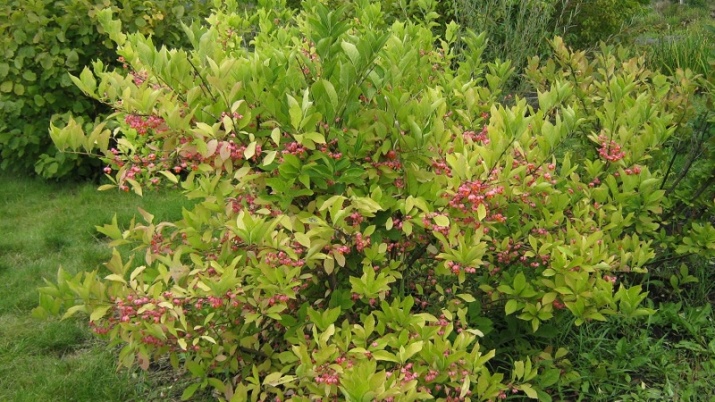
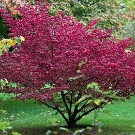

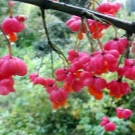

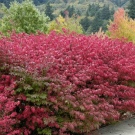
Peculiarities
The description of this ornamental shrub should begin with questions of species classification - it is officially called Euonymus europaeus and is a separate species belonging to the euonymus family. Although in gardens it is more often found in the form of a shrub, it is quite high - in some cases, the height can reach 8 meters.
The predominant part of the habitat of this species is located in the temperate climatic zone of Eurasia.therefore the plant is deciduous. In oak and pine forests, it grows rapidly, reaching its maximum height due to the protection of its larger neighbors from strong winds.
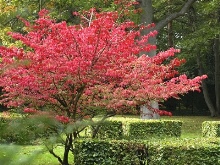
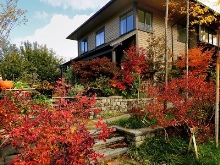

Theoretically, you can find euonymus in alder forests or just deep ravines, it comes across in a dense coastal bush. Considering its northern distribution, European euonymus is not afraid of a harsh winter. Growing in forests, he has a normal attitude to the shade, drought is also not a big problem for him.
With proper organization of growing conditions, such a shrub can live for more than half a century, reaching a six-meter diameter of the crown.
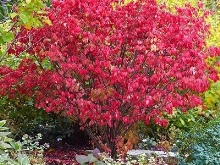
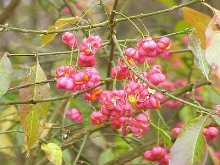

Varietal variety
European euonymus in gardens is presented not so much in the wild as in modern varieties specially bred for decorative purposes. Among them, it is worth highlighting the most popular.
- Sherwood. One of the tallest spindle trees, with a typical height of 5 meters, while its crown is relatively small. The bush acquires the maximum level of decorativeness in September, when the crop ripens in the form of small boxes of emphasized pink color. When they open, inside you can see seeds with orange seedlings, which also adds beauty to the plant. The boxes can last for several months on the tree, which adds color to the garden in late autumn and winter.
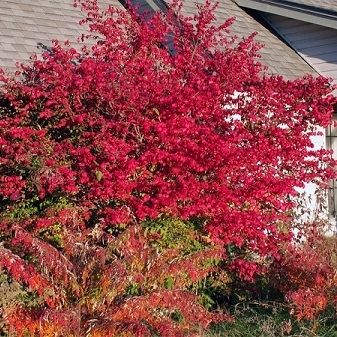

- Red Cascade. Perhaps the most recognizable euonymus, which does not grow taller than 3.5 meters in height, but at the same time has a tree-like shape. In the fall, "Red Cascade" adorns itself with crimson leaves, against which the orange boxes look especially interesting. Since the fruits stay on the tree much longer than the leaves, the plant does not lose its attractiveness even in winter.
This is one of the most unpretentious varieties that grows well on any soil and normally withstands the conditions of a metropolis.

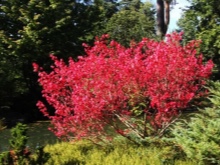
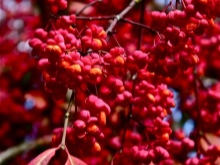
- Nana. One of the smallest varieties of European spindle tree, which almost never grows more than half a meter in height and is rightly considered a representative of creepers. Such a growth blooms inconspicuously, but, like all other euonymus, decorativeness is achieved due to the fruits, which are pink with splashes of yellowness.
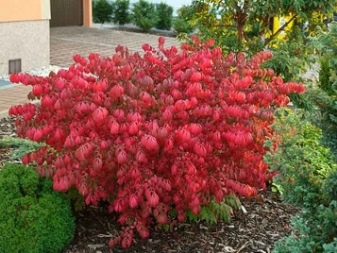
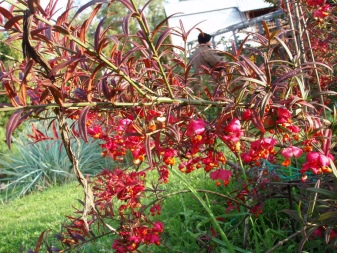
Landing subtleties
Before planting euonymus, you should decide on the right place for planting. Although the shrub in the wild often grows in the forest and is okay with shading, gardeners are advised to choose sunny areas. - so the autumn color of the foliage will be much brighter. What should be avoided is excessive moisture stagnation - euonymus will appreciate good drainage. It is advisable to plant it in fertile soil with an alkaline environment, but if you know that the site is sour, you should add up to 350 grams of lime per square meter. Self-creating soil for planting, take the following "ingredients": half of the peat, a quarter of the garden soil and river sand. If the soil is poor, it is worth fertilizing it immediately - this may require up to 10 kilograms of rotted manure and 80 grams of potash and phosphorus preparations per square meter.
There are two "windows" for planting euonymus into prepared soil - this should be done either in early spring or in the middle of autumn. The hole must be dug in advance, about two weeks before planting, but the size depends on the size of the seedling - the roots with an earthen clod should have a diameter one and a half times smaller than that of the hole.



The bottom of the drainage pit is laid out with broken brick, another layer of sand is poured on top, and then a layer of the above-described soil mixture. A seedling with an earthen lump is laid out on such a pillow, but if there is no earth on the roots, the latter are leveled and evenly distributed over the pit.
It remains to fill up the hole so as to level the ground level. The soil mixture must be tamped, but very carefully - euonymus does not like voids in the soil, but it is also very afraid of mechanical damage. A freshly planted bush needs immediate abundant watering, after which the space around the trunk is mulched with peat or sawdust.
In the first week, special attention should be paid to moisture - the earth should not dry out completely.
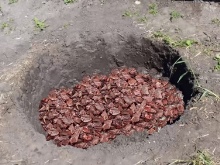
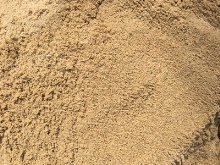
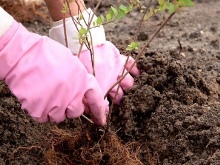
Correct care
In general, European euonymus is considered quite unpretentious in care, which further provoked the growth of its popularity. Nevertheless, the lack of proper care, even if it does not destroy the plant, will make it less bright and decorative, and vice versa - with the proper attitude of the gardener, the bush will become a real pride... To achieve the second result, consider how to properly care for such a garden decoration.
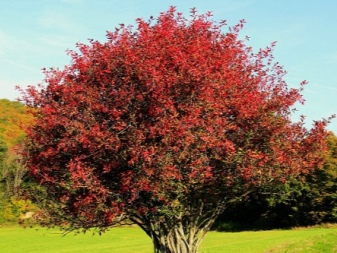
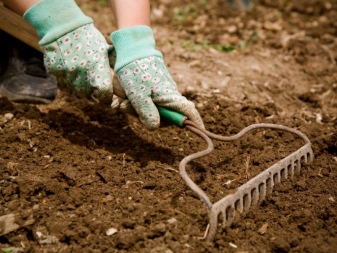
Watering
In caring for European euonymus, one of the main difficulties is to find a fine line between excessive moisture and drying out of the soil. On the one hand, excess moisture for a plant is extremely dangerous, on the other hand, with a lack of water, you simply will not see in the fall all that riot of colors for which such a plant is praised. An adult specimen needs 40 liters of water per square meter of area, and young growth, in which the root system is actively forming, is even more thirsty. The roots of the spindle tree lie at a depth of up to half a meter, and when watering it is important that the earth gets wet to such and even greater depths. In dry autumn, before the onset of cold weather (approximately at the end of October), it is worth watering the plant generously, otherwise it may freeze out in winter.
Mulching, which was mentioned above, partly helps to make watering more rare. - a layer of mulch does not allow moisture to evaporate too quickly. Mulch is beneficial in other areas, in particular, it slows down soil subsidence due to high humidity and does not allow weeds to grow. At the same time, the soil in which the culture grows must be loose - this is the only way the root system of the bush can breathe fully.
Due to abundant watering, a gradual increase in soil density is inevitable, therefore the gardener will have to take care of periodically loosening the top layer.
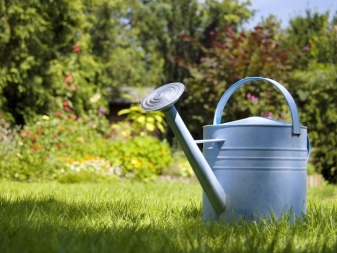
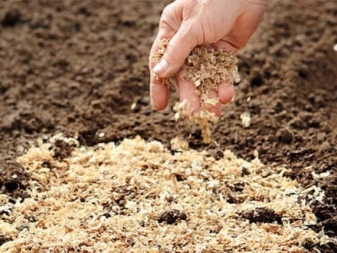
Top dressing
European spindle tree is not one of the fastidious plants that are in dire need of feeding for survival, but people grow it for bright colors in the garden, which means that it is worth making sure that the desired result is achieved. For this experienced gardeners advise feeding the plant three times during the season... The first feeding takes place in the spring, at the stage of laying flower buds. At this point, organic matter should be added, be it cow dung or bird droppings. Both are diluted with water, the proportion for manure is 1: 10 and for droppings is 1: 20.
Re-feeding is necessary for an already flowering plant, which at this stage needs a large amount of various minerals. Accordingly, a complex mineral fertilizer is applied. When the euonymus has finally bloomed and began to form fruits, a third feeding is applied, aimed at increasing the number and color of the bolls. For the third time, phosphate-potassium fertilizers are used, which are applied to the trunk circle.
In order for top dressing to reach the root system in its entirety, the substances are introduced immediately before watering.
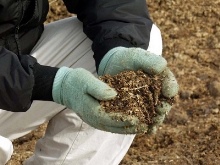
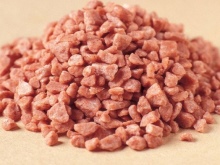
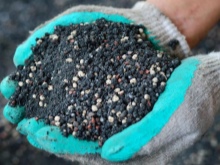
Pruning
Since the European euonymus is one of the ornamental garden plants, a haircut must be done periodically. In addition, for many types of flora, timely pruning is also useful from the point of view of the health of the specimen, but first you need to figure out how to properly carry out this procedure with a specific species. The first pruning of the year is carried out in early spring - even before active sap flow begins inside the plant. The gardener's job is to remove dry and broken branches. Due to this, minerals are redistributed in favor of dormant buds - the tree releases new shoots and looks fresher in general.
For ornamental culture, crown molding is important, especially since a neat spherical bush or a standard tree can be made from a European spindle tree, and experienced gardeners often create classic cones and ovals on the basis of an euonymus crown. A huge role in the decorative perception of this species is played by its fruits, therefore molding pruning is usually carried out after fruiting. - so it is better to see what can be cut and what is not. During the season, individual branches can grow and spoil the created image somewhat, therefore the gardener is engaged in minimal current correction, thinning out excess and pinching individual shoots.
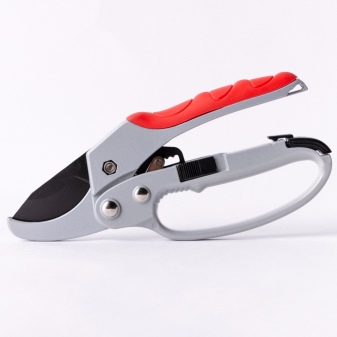

Reproduction methods
European spindle tree offers a wide variety of options for how it can be propagated. You should choose any of them based on your own capabilities and goals.
- Seed propagation in most plant species is considered the most difficult and time-consuming, but breeders are almost always guided by this option. Seeds for planting need a two-stage stratification - for the first three months they are stored at 10 degrees, and then the temperature is reduced to 3 degrees. The stratified seed must be planted in a mixture of humus, leafy soil, turf and sand. Young growth should be carefully protected from frost.
- For propagation by cuttings, it is necessary to cut the seed into a length of 6 cm; July is best suited for such an operation. The finished cuttings are placed in a vessel with fertile soil with a small amount of sand mixed. Within a month and a half, the young should take root, then it can be planted in the fall according to the scheme described above in this article.
- Reproduction by layering is most important in spring, at the time of the most active sap flow. This is one of the easiest methods if your plant has low-growing branches. One of these must be bent and dug into a groove in the ground, securing it so that it does not "shoot" upwards. Feeling itself in the soil, a living twig, not separated from the mother plant, will take root, after which it can be made an independent bush.
- Even the root shoots are suitable for reproduction of euonymus, but for reproduction it is worth choosing only those shoots whose height has reached 40 cm. They are carefully separated from the mother plant in the spring.
- Low-growing varieties of European spindle tree are also suitable for dividing the bush. To do this, the plant is carefully dug up, and the root system is shaken off from the adhering earth, straightening the roots in all directions.Carefully dissect the bush with a shovel so that several instances of the aerial part are formed, each of which has its own roots. Then each unit is planted as an independent plant.
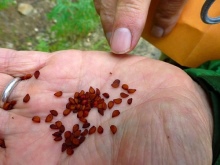
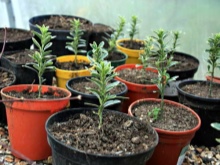
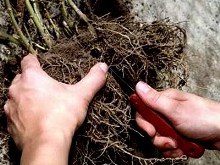
Diseases and pests
Gardeners noticed that European euonymus is a very effective bait for various pests, therefore it is sometimes used for other purposes - it is planted in the middle of an orchard in order to additionally protect fruit trees. However, if you plant it mainly for decorative purposes, you should take care of protecting the euonymus itself. Among the typical pests of this species, several are worth highlighting.
- Spider mite - an enemy whose presence is easily identified by the formation of a characteristic cobweb on the foliage of the bush. The insect feeds on leaves and provokes the drying out of the spindle tree. The problem is solved with improvised means - the foliage is washed or sprayed with soap or tobacco solution.
- Aphid - tiny black bugs that suck the juices from the leaves, provoking them to wilt. Chemical industry products usually help to fight this pest, although you can do with a self-prepared solution of colloidal sulfur.
- Euonymus moth lays eggs, and the hatched caterpillars feed on the foliage of the plant.
The best way to deal with such an enemy is preventive spraying in early spring, with an already existing infection, the caterpillars are harvested by hand.
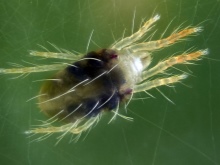

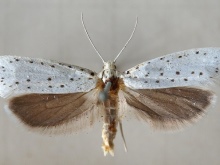
Some diseases are also dangerous to the plant, among which the most common ones are also worth highlighting.
- Bark necrosis - This is a fungus in the form of pimples, which dries out the bark and makes it crack, as a result of which the foliage falls off and the whole plant dies. It is best to protect yourself from such a misfortune with preventive measures; for this, the plant is treated with Bordeaux liquid in the spring.
- Powdery mildew got its name because of the specific appearance - the leaves seem to be strewn with flour. Because of this coating, the foliage turns yellow and falls off. To combat the infection, you need to spray the diseased plant with fungicides three times with weekly breaks.
- Stem rot - the worst that can happen to the euonymus, it is almost impossible to cure it. As in the case of necrosis, it is better to prevent the development of such an ailment by spraying with a 1% solution of Bordeaux liquid, but in this case, prevention is carried out twice - in spring and autumn.

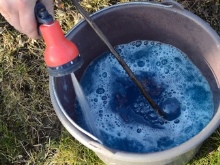
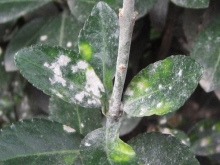
Use in landscape design
The use of euonymus for decorative purposes in the gardens and parks of our country is very common and appropriate. In many cases, it even plays the role of a hedge, if not preventing the entry of strangers, then at least a designating avenue. Due to its bright color, European euonymus is also perfectly suited for the role of an accent. While some plants are still green, while others have already turned yellow or even shed their foliage, its red leaves, and then only the fruits of the same color, allow you to add a touch of variety to the usual garden landscape.
Finally, this plant is often included in more complex compositions such as an alpine slide. In combination with a decorative pile of piled stones and other cultures from areas with a cool climate, an interesting concept of an unusual flower bed is obtained, which stands out strongly against the background of flat green lawns and vaguely resembles mountains in miniature.
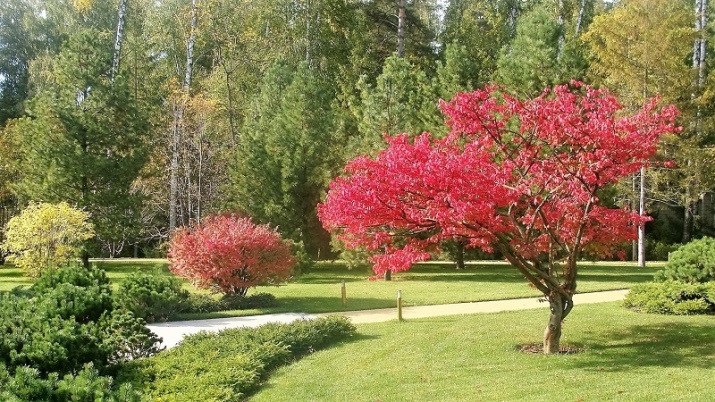
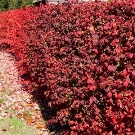

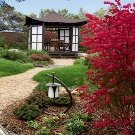


In the next video, you can take a closer look at this beautiful plant.



































































The comment was sent successfully.